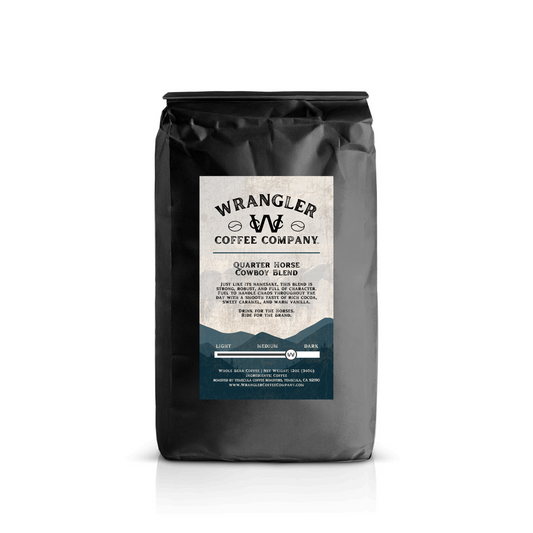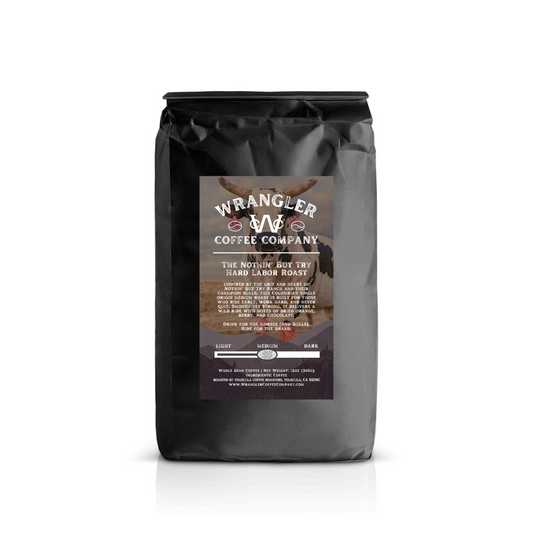
What Makes Coffee Bitter or Acidic?
Share
Coffee is a complex and fascinating beverage that comes in a variety of flavors and profiles. While some coffees boast rich and smooth flavors, others can be characterized by bitterness and high acidity. But what makes coffee bitter or acidic? In this post, we'll explore the factors that contribute to coffee's bitterness and/or acidity, helping you understand the science behind these taste characteristics.
Understanding Bitterness in Coffee:
1. Roasting Level: One of the primary factors influencing bitterness is the level of coffee bean roasting. When beans are roasted for longer periods at higher temperatures, they develop more bitter flavors. This is due to the chemical changes that occur during the roasting process, such as the breakdown of complex compounds into bitter-tasting substances.
2. Extraction: The extraction process also plays a role in coffee bitterness. Over-extraction occurs when hot water passes through the coffee grounds for too long, extracting undesirable compounds. This can lead to an intensified bitter taste in the final brew. Proper brewing techniques, including using the correct coffee-to-water ratio and brew time, help mitigate bitterness.
Understanding Acidity in Coffee:
1. Bean Origin: The origin of the coffee beans heavily influences the acidity of the brew. Coffees from regions like Ethiopia or Kenya often exhibit bright and vibrant acidity, while those from Brazil tend to have lower acidity and more balanced flavors. This is due to variations in soil composition, altitude, and climate, which affect the bean's chemical composition and acidity levels.
2. Coffee Bean Variety: Different coffee bean varieties have varying levels of acidity. For example, beans from the Arabica species are known for their higher acidity compared to Robusta beans. The presence of organic acids like citric, malic, and tartaric acids contributes to the perceived acidity in coffee.
3. Roasting Level: Contrary to the impact on bitterness, lighter roasted beans tend to have higher acidity, while darker roasts often exhibit lower acidity. Lighter roasts preserve the natural acidity of the beans, whereas longer and darker roasting diminishes acidity and brings out other flavor characteristics.
Finding a Flavorful Balance: Achieving a well-balanced cup of coffee that isn't too bitter or acidic comes down to navigating the desired type of coffee bean, preferred roast level, and ideal brewing method. Here are a few tips to help reach that balance:
1. Quality Beans: Start with high-quality, freshly roasted beans that suit your flavor preferences. Experiment with different origins and roasting profiles to find the right balance of acidity and bitterness.
2. Brewing Techniques: Adjust brewing parameters such as grind size, water temperature, and extraction time to control the extraction process and minimize bitterness. Consistent brewing practices help produce a harmonious cup.
3. Blending: Blend different coffees to create a flavor profile that suits your taste buds. Combining beans with varying acidity levels can result in a well-rounded and balanced brew.
The bitter and acidic characteristics of coffee are influenced by a variety of factors, including roast level, bean origin, and brewing methods. Understanding these elements allows coffee enthusiasts to appreciate the complex flavors and tailor their brewing techniques to achieve the desired balance. With careful consideration of bean selection, roast profiles, and brewing parameters, you can unlock the full potential of your coffee beans and savor a cup that is both enjoyable and well-balanced.




